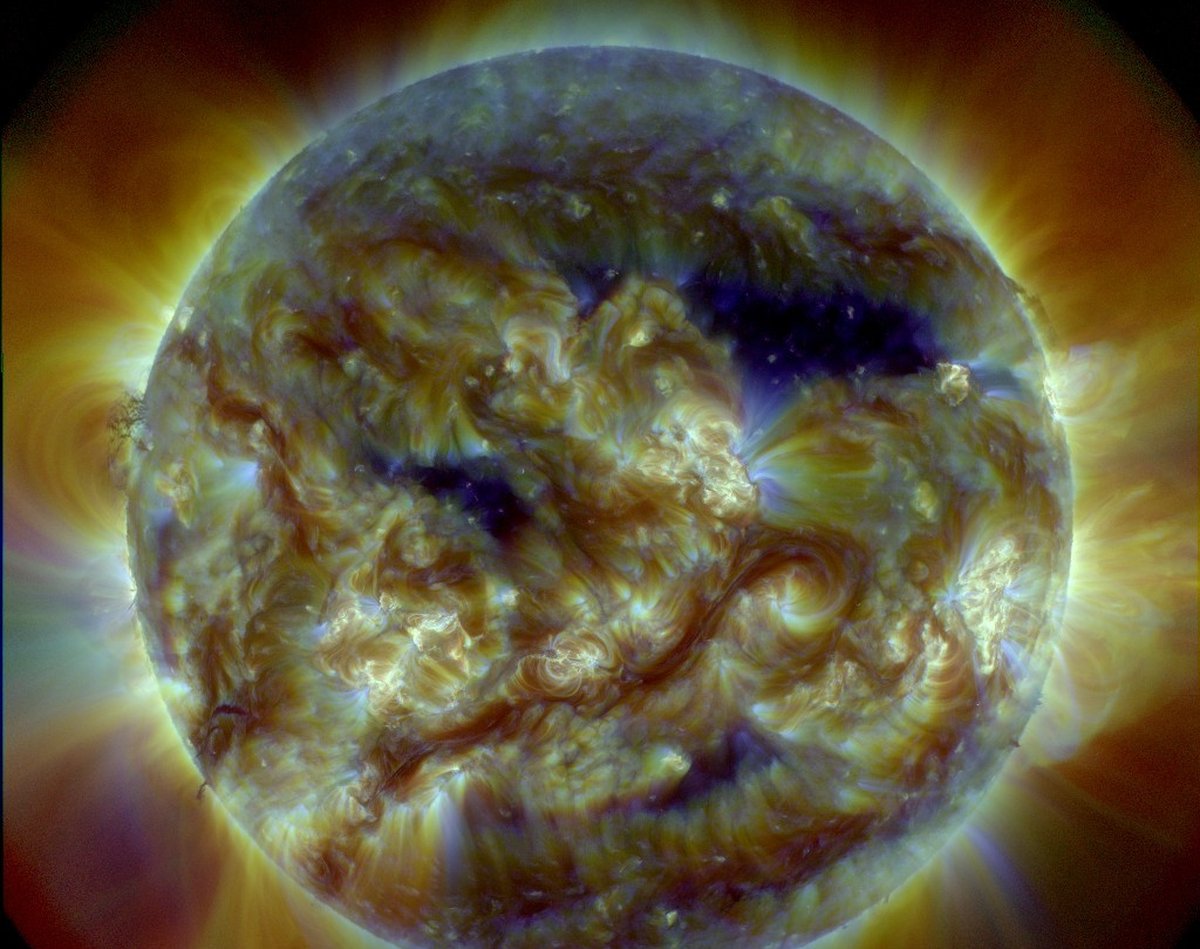Originally planned to occur only in 2025 Solar maximum, the period of greatest activity in the Sun’s current cycle, is occurring now. The announcement was made at a press conference call on Tuesday (15) by representatives from NASA, the US National Oceanic and Atmospheric Administration (NOAA) and the International Solar Cycle Forecast Panel.
Elsayed Talat, NOAA’s director of space weather operations, warned that we may remain in this period next year and said: “Although the Sun has entered solar maximum, the exact month when solar activity will peak will not be determined for months or years.”.
Entering a solar maximum period means that the Sun is entering its greatest activity point in a cycle of approximately 11 years in which its magnetic activity waxes and wanes. This means more surface sunspots and more frequent outbursts and coronal mass ejections.
How does solar maximum occur?
THE The 11-year solar cycle is also known as the Schwabe cycle.It is named after Heinrich Schwabe, a pharmacist and amateur astronomer who observed the Sun for a long time in the 19th century in search of a planet assumed to be beyond Mercury and discovered the periodicity of sunspots.
In his observations of the Sun from 1826 to 1843, the astronomer noticed that our star rotates around its axis every 27 days. He also noted that in 11-year cycles, the Sun goes through calm periods corresponding to a small number of visible sunspots and moves into its maximum phase, when a large number of sunspot groups can be observed.
At the last press conference announcing the solar maximum, NASA Space Weather Program Director Jamie Favors warned: “This increase in activity presents an exciting opportunity “It allows us to learn about our nearest star, but it also has real impacts on Earth and our solar system.”.
Consequences of solar maximum
During each solar cycle of approximately 11 years (but can also occur in periods between eight and 14 years), the Sun’s magnetic field completely reverses its polarity. This transformation, in which the magnetic north pole becomes the south pole and the magnetic north pole becomes the south pole, usually occurs during solar maximum.
During this period, the Sun’s magnetic field becomes more chaotic, with regions of open space extending into various regions of the Sun in addition to the poles, where monopolar magnetic field lines emerge into interplanetary space.
Geomagnetic storms should be as expected, according to Lisa Upton, co-chair of the Solar Cycle Forecast Panel. So even with growing interest in potential impacts on satellites, power grids, and communications, NASA expects great opportunities to study space weather, while here on Earth we await beautiful auroras.
Stay up to date with the latest astronomy news at TecMundo. If you wish, take the opportunity to learn how geomagnetic storms and sunspots can cause aurora borealis.
Source: Tec Mundo
I’m Blaine Morgan, an experienced journalist and writer with over 8 years of experience in the tech industry. My expertise lies in writing about technology news and trends, covering everything from cutting-edge gadgets to emerging software developments. I’ve written for several leading publications including Gadget Onus where I am an author.













